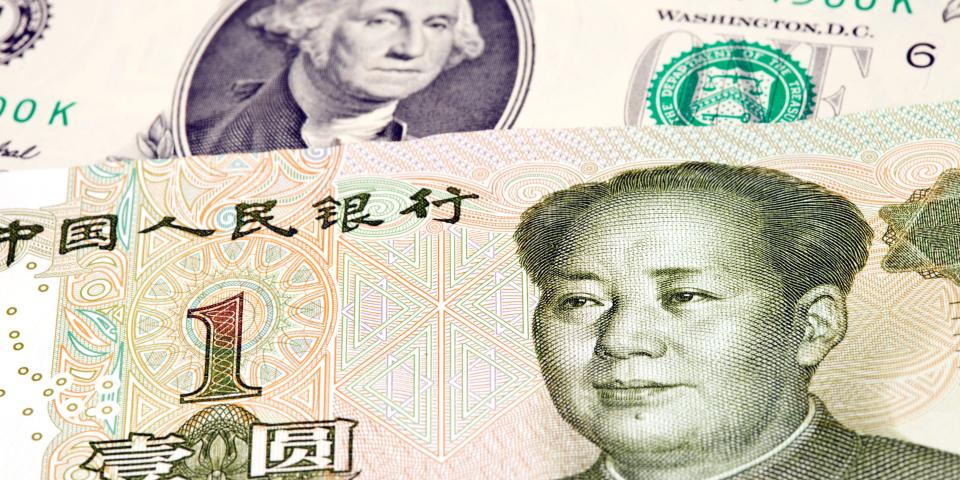Russian FX trading is almost entirely in yuan as sanctions restrict dollar use

The Chinese yuan made up 99.6% of Russian foreign exchange market in June, Bloomberg reported.
This comes after the dollar and euro were barred from Russia's main exchange.
One expert predicted this would happen, claiming the yuan would become Russia's main trade currency "once and for all."
The Chinese yuan's takeover of Russia's foreign-exchange market is nearly complete after US sanctions forced the country's main exchange to cut ties with the dollar and euro, Bloomberg reported.
In June, yuan transactions made up 99.6% of FX-trading volumes in the country, a cited Bank of Russia review said. One month prior, the currency accounted for only 53.6% of this market.
Fresh US sanctions targeted the Moscow Exchange in mid-June, the country's main hub of financial transactions. Alongside it, restrictions were also placed on two other entities that facilitate the greenback's use in Russia.
In response, Moex barred the exchange of dollars and euros that same day, closing down a market that's been active since the Cold War.
Average daily volumes in the foreign exchange market contracted by close to a third in the month's second half, the bank report said. And without the dollar or euro to compete against it, that only helped the yuan catapult higher.
Although Russians are still free to buy Western currencies through interbank or over-the-counter markets, these are costly alternatives. Here, the yuan too has also gained — its share of OTC trades has risen to 40%, Bloomberg noted.
At least one analyst predicted this outcome. Soon after the US Treasury imposed its sanctions, Alexandra Prokopenko forecast that Russians would need to find a stable currency alternative to facilitate its trade — and with the yuan's use already amid stronger ties between Moscow and Beijing, it would win out:
"The new sanctions are turning the yuan into the main currency of exchange trading and settlements in Russia once and for all," the Carnegie Russia Eurasia Center fellow wrote. She warned this could mark a slow but permanent shift away from the dollar's global dominance.
However, a surge of Russian demand for the Chinese currency has created a yuan liquidity shortage, Bloomberg separately reported. Meanwhile, yuan liquidity on swap operations has doubled since the pullback of dollar and euro swaps, cited data from the Bank of Russia shows.
To be sure, the US sanctions loom large over Chinese banks as well, and many big dealers have ended yuan transactions with Russia due to this.
Read the original article on Business Insider

 Yahoo Finance
Yahoo Finance 